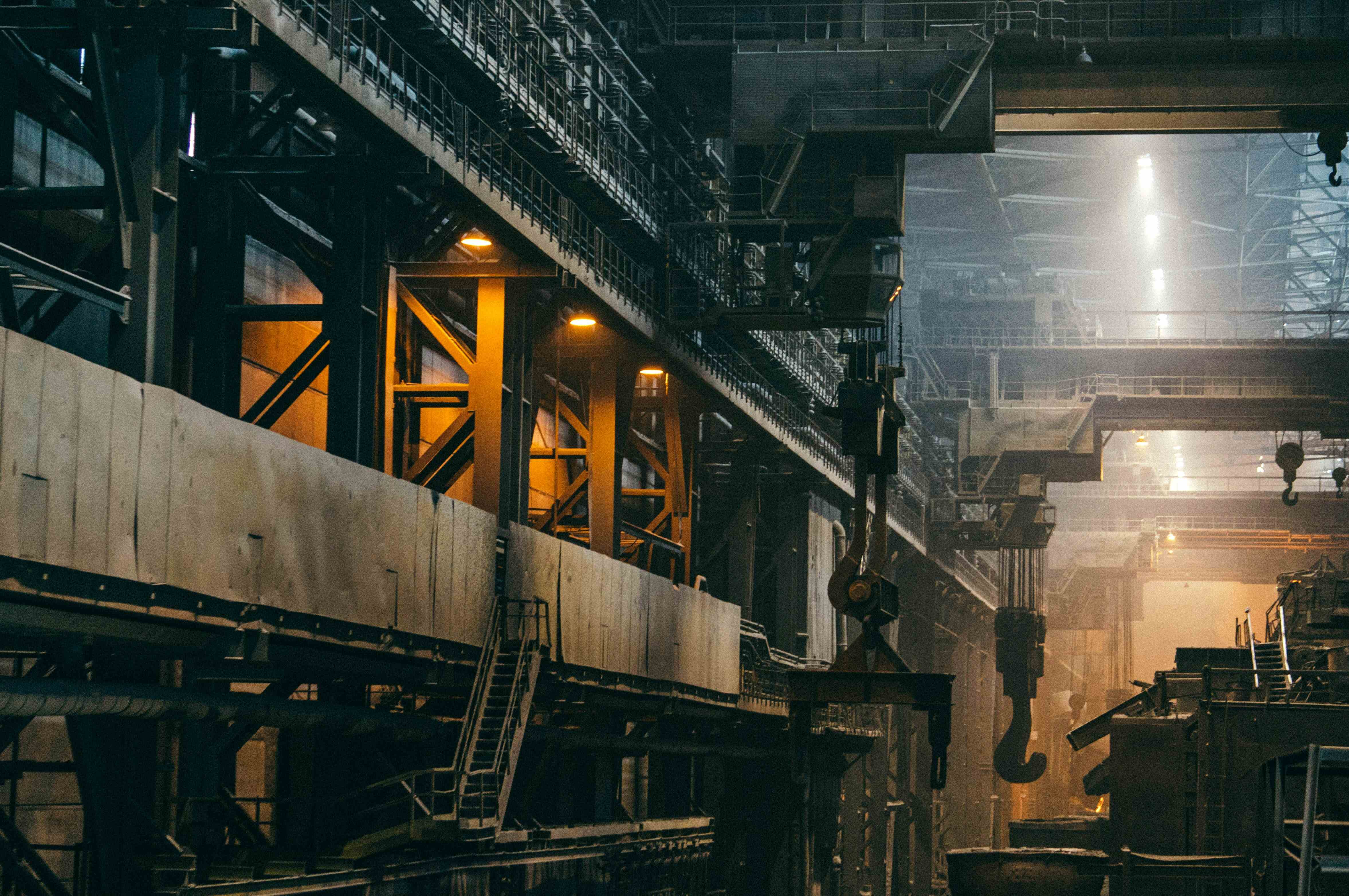Collective Agreement for the Metallurgy Industry: What Are the Stakes of the New Job Classification?
Published
Read time
Collective Agreement for the Metallurgy Industry: What Are the Stakes of the New Job Classification?
As part of the overhaul of all the provisions of the branch’s collective agreements and accords, the social partners in the metallurgy sector have demonstrated their commitment to building a social project that addresses the current challenges of this sector.

What's new ?
Since January 1, 2023, the implementation of supplementary social protection has marked the first change for companies in the sector.
From now on, employees in this sector benefit from two supplementary social protection (SSP) schemes:
• A scheme covering health expenses.
• A provident scheme covering risks of incapacity, disability, and death.
These provisions ensure basic supplementary social protection (SSP) for all employees, regardless of their qualifications.

New minimum contribution levels
Article 166.2 of the new collective agreement in the metallurgy sector sets the minimum contribution levels payable by the employer as follows:
• Executives: 1.12% of gross remuneration subject to contributions, up to tranche 2
• Non-executives: 0.6% of gross remuneration subject to contributions, up to tranche 2
Additionally, optional supplementary guarantees are offered to companies wishing to provide enhanced protection to their employees, either at the employees' expense or co-financed by the employer.
Furthermore, a mutual aid fund has been established by the social partners to support employees in precarious situations. It offers social initiatives focused on solidarity and prevention to improve the conditions of these workers.
A new classification system
In a second phase, a new classification system has been developed, replacing the notions of workers, supervisors, and engineers with 9 groups of non-executive and executive jobs (classified from A to I and from 1 to 18).
The agreement specifies the classification thresholds at which employees can be categorized as executives or non-executives; the joint committee of APEC fully validated the proposals of the social partners, thus allowing employees who do not fall under Articles 2.1 and 2.2 to be affiliated with a specific SSP scheme for executives:
Employees at levels C6 to D8 fall under the category of 'integrated executives' (or 'APEC integrated').
Employees at levels E9 to E10 are 'assimilated executives' under Article 2.2 of the ANI of November 17, 2017.
Employees at levels F11 to I18 are executives under Article 2.1 of the ANI of November 17, 2017.
The evolution of this classification may have led to 'reclassifications' of employees, thereby modifying the designation of the beneficiary categories. This change in the scope of beneficiaries automatically ended the benefit of the transitional period (as of 12/31/2024, see D. No. 2021-1002 of July 30, 2021).
In other words, the scope of beneficiaries of the supplementary social protection schemes, which may be altered by the new professional classification, necessitated an immediate update of the beneficiary category labels. This update cannot wait until the end of the transitional period (12/31/2024).
If only part of the non-executives 'approved by APEC' can be integrated into the executive group, it will be necessary to modify the beneficiary category listed in their company scheme to clearly identify the levels of non-executive employees integrated into the executive scheme and inform the insurer.
In any case, you must ensure that the category label in your company scheme is compliant and that there is consistency between the beneficiary categories in the company scheme and the insurance contract.